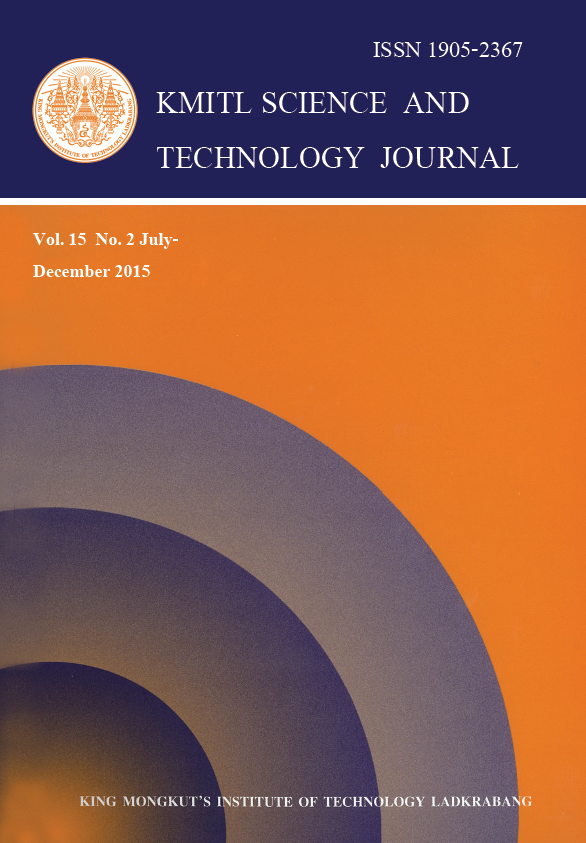Scaffolds based on various ratios of gelatin blended with carboxymethylcellulose (CMC) were studied. The scaffolds were fabricated to porous structure via freeze drying process and crosslinked to induce conjugation of free amide and carboxyl groups in protein structures by using thermal crosslinking techniques. The mechanical properties of the scaffolds were characterized both experimental procedure and modeling. In order to evaluate the modeling, the stress-strain behavior of the scaffolds by fitting the data to a Mooney-Rivlin model was decribed. We utilized the Mooney-Rivlin constitutive relationship for soft networks which typically express nonlinear behavior of stress-strain curve from compression test. Results showed that the data distribution of both model and experiment are in the same trend. The models which evaluated CMC blended gelatin scaffold in the ratio of 80 and 20 of gelatin and CMC occurred in the highest average in shear modulus which was 18.12 kPa, compared to G100T, G91T, G73T and G64T scaffolds. Gelatin scaffold blending with 10, 30 and 40% of CMC showed dramatically decreased in the shear modulus which were 7.70, 3.10 and 1.53 kPa, respectively, compared to pure gelatin scaffold with significant difference. These results showed the possibility of using CMC as a low cost material to combine with biopolymers for using in tissue engineering applications.
Keywords: Gelatin, Carboxymethylcellulose, Shear modulus, Hyperelastic material, Mooney-Rivlin model
*Corresponding author: E-mail: fasaiw227@gmail.com
Wiwatwongwana*, F. ., & Promma, N. . (2018). Evaluation of Gelatin/Carboxymethylcellulose Scaffolds Using Mooney-Rivlin Model. CURRENT APPLIED SCIENCE AND TECHNOLOGY, 70-79.
